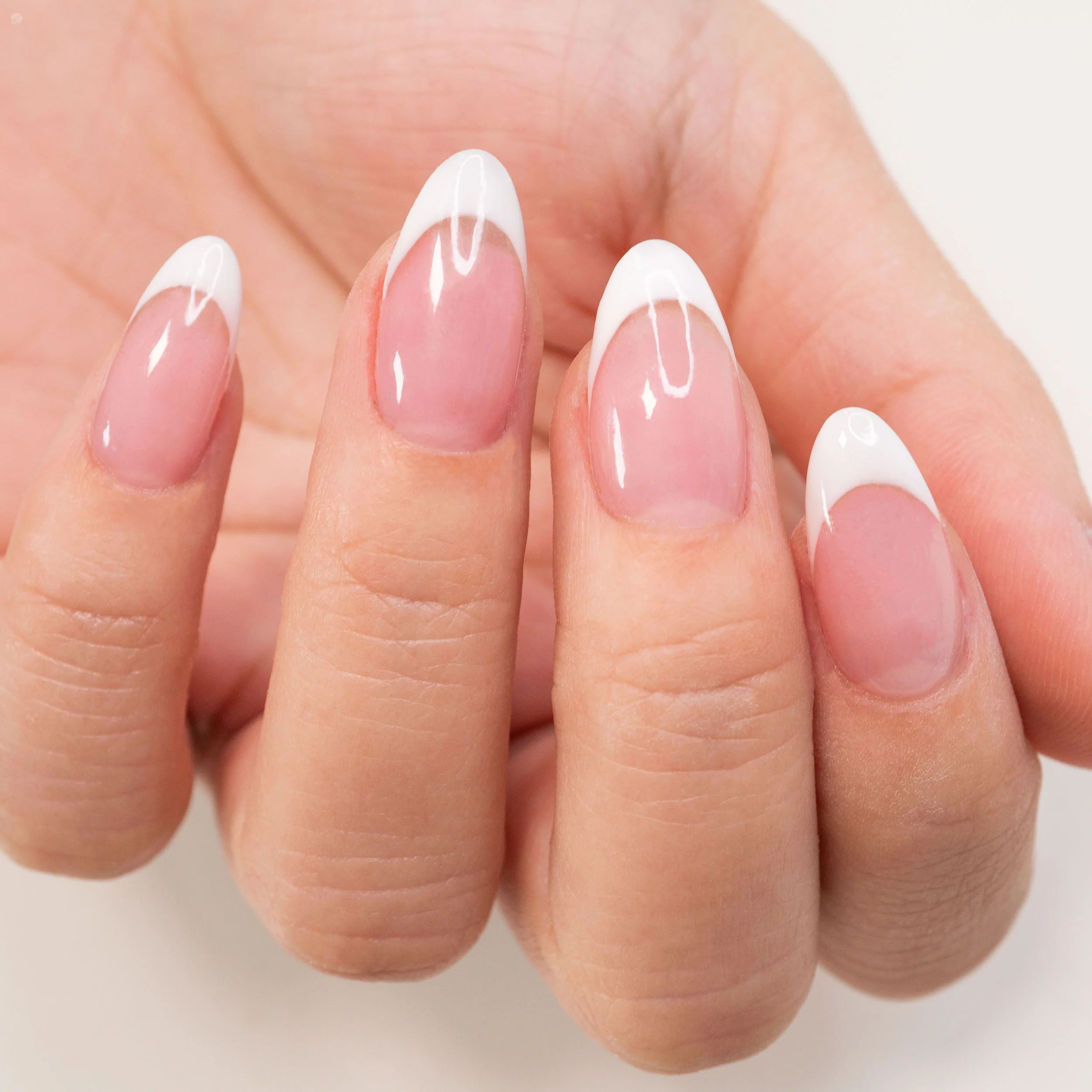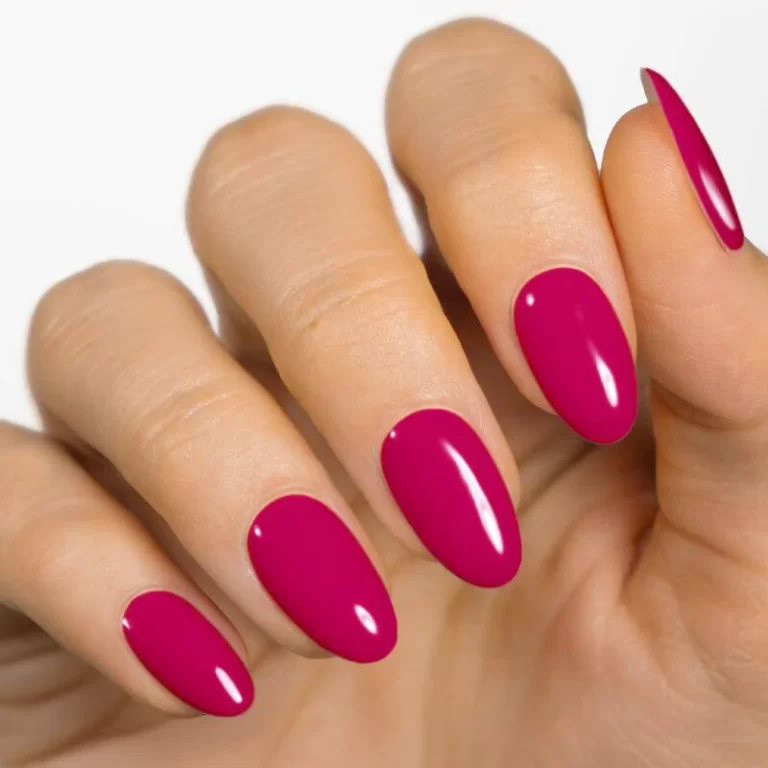
Gel vs Dip Nails: Which Lasts Longer?
Introduction to Gel and Dip Nails
When contemplating a manicure, two popular choices come to mind: gel and dip nails. Each offers a unique set of benefits and applying techniques that cater to different nail care preferences. Gel nails are known for their ease of application and glossy finish. They necessitate the use of UV or LED light to cure, resulting in a durable coat. Dip nails, alternatively, involve a procedure where nails are dipped into a pigmented powder and sealed with a top coat, eliminating the need for UV light exposure.
Selecting between gel and dip nails hinges on factors such as the desired longevity, time investment, and the health of one’s nails. Gel manicures generally promise a span of two to three weeks, making them an excellent choice for those who prefer a lasting polish with a high-shine finish. Dip nails, however, are reputed for their strength, often outlasting gel nails by a few weeks.
While both methods have their respective removal processes, gel polish is typically easier to take off, primarily involving soaking in acetone. Dip nails require a more rigorous removal method due to their thick, multi-layered nature. Safety is also crucial, with both techniques presenting potential risks if not removed or applied properly; for instance, UV exposure from gel nail curing and sanitation concerns with dip powders.
Cost can sway decisions too; dip nails may come with a slightly higher price tag given their durability. Ultimately, personal preference, nail health, and lifestyle play significant roles in determining the better fit — are dip nails better than gel for your needs? We’ll explore these considerations in greater detail to aid your decision-making process.

Gel Nails Overview
Gel nails offer a glossy and lasting finish. They are cured with UV or LED lights.
Application Process
Applying gel polish is straightforward. Paint like regular polish, then cure under a light.
Durability and Longevity
Gel nails can last two to three weeks. They maintain shine and resist chips.
Removal and After-care
Soak nails in acetone to remove gel polish. Use cuticle oil to rehydrate afterwards.
Safety and Nail Health
UV exposure is a concern but manageable with proper use. Gel is less damaging if carefully removed.
Cost Comparison
Gel manicures are cost-effective due to less frequent salon visits required.
Dip Powder Nails Explained
Dip powder nails offer an alternative manicure with unique benefits.
Application Technique
To apply dip powder, coat nails with a primer and dip into color powder.
Repeat dipping for desired coverage and finish with an activator top coat.
No UV or LED light is needed, as the powder air dries and hardens.
Lasting Power and Strength
Dip nails are acclaimed for their durability, lasting up to five weeks.
The adhesive and powder combination forms a strong bond, resisting chips effectively.
Complexity of Removal
Dip powder requires a thorough removal process due to its toughness.
Filing and soaking in acetone are necessary, often taking more time than gels.
Potential for Contamination and Hygiene
Sanitation is crucial, as dip powder containers can harbor bacteria from repeated use.
To avoid contamination, never share powders and follow proper hygiene protocols.
Price Considerations
Dip powder manicures tend to cost more than gels, reflecting their longer life span.
The price difference is usually small, but it adds to the service’s overall value.

Comparing Gel and Dip Nails
Ease of Use
Gel nails boast a simple application process. A brush and UV/LED light are all you need. Dip nails, while not hard, demand more steps and patience due to layering.
The Overall Look and Finish
Gel nails shine with a high-gloss finish, offering a polished, sleek look. Dip powders provide a matte effect and can look thicker, but they have a wide color range.
Impact on Nail Health
Both methods can be safe with careful use. However, improper removal can damage nails. Gel removal requires acetone soaking while dip powders need additional filing, possibly stressing the nails more.
Accessibility for DIY Manicures
Gel nails can be a DIY success at home with the right equipment. Dip nails might challenge beginners due to precision needed in the dipping process.
Overall, your choice might depend on what you value most: the ease and finish of gel or the durability and strength of dip nails.
Pros and Cons of Each Method
Choosing between gel and dip nails depends on individual preferences and nail care goals. Both methods have distinct advantages and drawbacks, as outlined below.
Advantages of Gel Nails
Gel nails provide a shiny, high-gloss finish that many find appealing. They have a straightforward application process, similar to regular nail polish, and require curing under UV or LED light. Gel manicures are known for their vibrant colors and smooth texture. They also have a more flexible feel on the nails, which some users prefer for comfort. The removal of gel nails is relatively easy; simple acetone soaking does the job. Their cost efficiency is notable, as they do not require constant salon visits. Additionally, using the correct techniques limits the risk of damage to nails during the removal process.
Advantages of Dip Powder Nails
Dip powder nails boast impressive durability, often outlasting gel nails. They can remain chip-free for up to five weeks, ideal for those seeking a longer-lasting manicure. Strong by nature, the dip powder method uses layers of powder and adhesive to reinforce nail strength. This can be beneficial for those with weaker nails. Though more complex, the application does not require UV or LED light, which some may prefer. Dip powders come in a variety of colors, including matte and glitter options. Moreover, dip nails are known for their thickness, which can protect the natural nail underneath. When it comes to hygiene, individual dip containers can help prevent contamination.

Maintenance and Upkeep
Maintaining a manicure requires regular attention regardless of the type chosen. Gel and dip nails each affect nails differently over time.
Long-term Effects on Nails
Long-term use of gel or dip nails may impact the health of your nails. With frequent use, some may experience nail thinning or brittleness. To minimize these effects, allow nails to rest between applications. Regularly treat nails to conditioning treatments.
Recommended Aftercare Practices
Proper aftercare extends the life of your manicure and keeps nails healthy. Here are some tips:
- Apply cuticle oil to hydrate nails after removal.
- Use a nourishing base coat before reapplying polish.
- Avoid using your nails as tools to prevent chips.
- Keep your nails dry and clean to avoid fungal infections.
- Consider using gloves for chores to protect your manicure.
- Moisturize your hands regularly, especially after using acetone.
By following these practices, you can enjoy the beauty of your manicure without compromising nail health.
Making the Right Choice
Choosing between gel and dip nails depends on your personal needs and preferences.
Factors to Consider Before Deciding
When picking a manicure type, consider these key points:
- Assess the durability you need; dip nails generally last longer than gel.
- Think about the application process; gel is simpler and quicker to apply.
- Consider the removal process; gel is typically easier to remove.
- Take into account the health of your nails; both methods require proper aftercare.
- Look at costs; dip nails might be slightly pricier due to their longevity.
- Don’t forget about safety; proper UV use for gel and cleanliness for dip are musts.
By weighing each factor, you can make an informed choice that suits your lifestyle.
Tips for First-Timers
For those new to manicures, follow these guidelines:
- Start with a professional service to understand the process.
- Choose a reputable salon that maintains high hygiene standards.
- Try both methods over time to see which you prefer.
- Keep your nails well-moisturized, especially after acetone use.
- Always give your nails a break between manicures to prevent damage.
These tips can help ensure a positive and healthy nail care experience.

Conclusion: Are Dip Nails Better Than Gel Nails?
When comparing dip nails and gel nails, both options present distinct advantages. Dip nails boast durability and a quicker application process, making them an appealing choice for those seeking longevity. The process allows for vibrant colors and intricate designs that can stand the test of time. Additionally, dip nails often do not require UV light for curing, reducing potential skin exposure risks.
On the other hand, gel nails offer a gleaming finish and a softer feel. They tend to provide a more flexible wear, which can be beneficial for those with active lifestyles. Gel nails generally require a longer application process due to the curing time, but their result often leaves a high-shine effect that many find attractive. Furthermore, they are easily removed compared to dip powder, which can sometimes be stubborn.
While both options have their merits, the choice ultimately depends on personal preferences and lifestyle factors. For individuals who desire high durability and vibrant colors, dip nails may be the best option. However, for those who prioritize ease of removal and a glossy finish, gel nails are likely more suitable.
In conclusion, neither dip nor gel nails can be universally termed as “better.” Both have unique features that cater to different needs and preferences. Ultimately, understanding the advantages of each option will empower individuals to make an informed decision tailored to their lifestyle and aesthetic desires.

